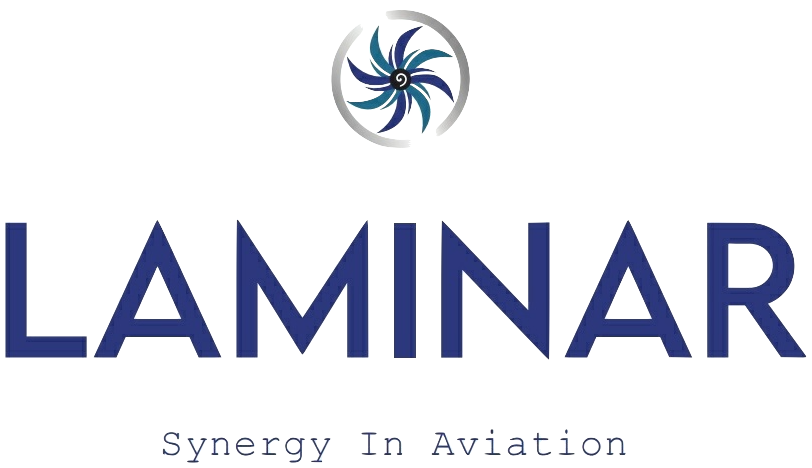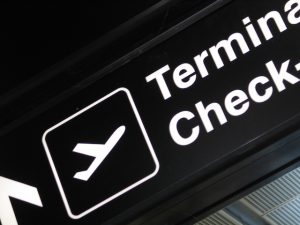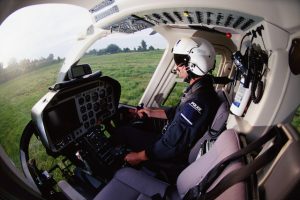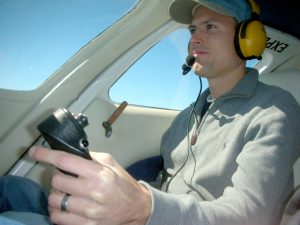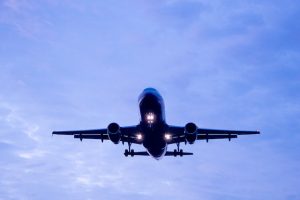The Benefits Of Owning Private Planes
 Private planes offer a level of luxury, convenience, and speed that commercial airlines cannot match. They provide a faster, more comfortable way to travel, allowing you to avoid long lines, delays, and crowded terminals. Whether for business or leisure, flying in a private plane is an unparalleled experience. This article explores the costs, types, benefits, and everything else you need to know about private planes.
Private planes offer a level of luxury, convenience, and speed that commercial airlines cannot match. They provide a faster, more comfortable way to travel, allowing you to avoid long lines, delays, and crowded terminals. Whether for business or leisure, flying in a private plane is an unparalleled experience. This article explores the costs, types, benefits, and everything else you need to know about private planes.
Private planes
Private planes are aircrafts owned or leased by individuals, businesses, or other entities for exclusive use. These planes provide flexibility and convenience by allowing passengers to bypass the restrictions and schedules of commercial flights. Depending on the model, private planes vary in size, range, and performance capabilities. They are available in many different configurations, from small, single-engine aircraft to large jets designed for long-haul travel.
Private planes are categorized into several classes, including turboprops, light jets, mid-size jets, heavy jets, and long-range aircraft. Each type caters to specific needs, from short regional flights to international journeys.
Cost of owning a private plane
Owning a private plane is a significant financial commitment. The initial purchase price can vary widely based on the type of aircraft. Small single-engine planes may cost anywhere from $150,000 to $500,000, while larger jets can run into the tens of millions of dollars. For example, a light jet can cost between $3 million and $8 million, while large business jets like the Gulfstream G650 can exceed $70 million.
In addition to the purchase price, there are several other costs to consider. These include:
- Insurance: Insurance costs can range from $20,000 to $100,000 annually, depending on the type of aircraft and the owner’s flight history.
- Maintenance: Regular maintenance is necessary to keep a private plane in optimal condition. Costs for maintenance can range from $100,000 to $500,000 per year, depending on the aircraft.
- Fuel: Fuel is one of the largest operational costs for private planes. The cost of fuel depends on the type of plane and the distance traveled.
- Hangar fees: Storing a private plane at an airport or private hangar can cost between $1,000 and $10,000 per month.
- Pilot and crew salaries: Employing a full-time crew can add significant costs, particularly for larger aircraft. Pilots can earn anywhere from $50,000 to $200,000 annually.
The ongoing costs of operating a private plane can easily run into the hundreds of thousands of dollars each year. This makes ownership a luxury that is typically reserved for wealthy individuals, corporations, or government entities.
Private plane leasing and chartering options
For those who do not want the commitment or expense of owning a private plane, leasing or chartering offers an attractive alternative.
1) Leasing private planes
Leasing a private plane allows individuals or businesses to use the aircraft without owning it. Lease agreements can vary from short-term leases to long-term contracts. Leasing is particularly popular for businesses that require frequent air travel but cannot justify the high costs of ownership.
The cost of leasing a private plane can range from $10,000 to $50,000 per month, depending on the size of the aircraft and the lease terms. There are also additional costs such as fuel, maintenance, and pilot fees, which are often included in the lease agreement.
2) Chartering private planes
Chartering private planes provides a flexible and cost-effective option for those who need access to a private aircraft on an occasional basis. Charter prices can vary depending on the type of aircraft, the distance traveled, and the duration of the flight. A small light jet may cost between $2,000 and $4,000 per flight hour, while larger jets can cost $10,000 to $20,000 per hour.
Chartering provides the benefits of private plane travel without the long-term financial commitment. It also offers flexibility since you can choose the specific dates and times for your flights. However, it can be expensive for frequent fliers.
Types of private planes
Private planes come in a variety of types, each suited for different needs and budgets. Understanding the different types will help you choose the best option for your travel requirements.
1) Turboprops
Turboprop planes are smaller, slower aircraft that are powered by a turbine engine. They are ideal for short regional flights and can land on smaller airports with shorter runways. These planes are more fuel-efficient than jets and are often used for domestic travel within a country.
Examples of turboprops include the Beechcraft King Air 350i and the Pilatus PC-12. These planes typically have a range of 1,500 to 2,000 miles and can carry 6 to 10 passengers. The cost of a new turboprop ranges from $2 million to $5 million.
2) Light jets
Light jets are compact, fast, and efficient aircraft designed for short to mid-range flights. These jets are capable of flying at speeds of up to 500 mph and can cover distances of around 2,000 to 3,000 miles. They are popular for business travelers who need to move quickly between cities.
Examples of light jets include the Cessna Citation XLS and the Embraer Phenom 300. Light jets typically seat 4 to 8 passengers and cost between $3 million and $8 million.
3) Mid-size jets
Mid-size jets offer more space and comfort than light jets while maintaining efficiency for shorter and mid-range flights. These jets typically have a range of 3,000 to 4,000 miles and can carry between 7 to 9 passengers. They offer amenities like a larger cabin and more luggage space.
Examples of mid-size jets include the Hawker 800XP and the Bombardier Learjet 60XR. The price for these jets typically ranges from $6 million to $15 million.
4) Heavy jets
Heavy jets are designed for long-haul flights and provide the utmost in luxury and comfort. These jets can travel over 5,000 miles and can carry up to 16 passengers. They offer full-sized cabins with separate sleeping quarters, bathrooms, and kitchens.
Examples of heavy jets include the Gulfstream G550 and the Bombardier Global 6000. These aircraft are priced from $25 million to over $70 million, depending on the model and customisation options.
5) Ultra-long-range jets
Ultra-long-range jets are the largest and most expensive private planes available. These jets can travel over 7,000 miles non-stop, making them ideal for intercontinental travel. They provide the highest levels of luxury, with spacious cabins and advanced amenities.
Examples include the Gulfstream G650 and the Dassault Falcon 7X. Prices for ultra-long-range jets start at $60 million and can exceed $75 million for highly customised models.
Benefits of private planes
Flying in a private plane offers numerous benefits that make it an attractive option for frequent travelers and business executives.
1) Time savings
Private planes offer the ultimate convenience in terms of time. You can skip the long security lines, flight delays, and layovers common with commercial airlines. With private planes, you can depart and arrive at times that suit your schedule, reducing the overall time spent traveling.
2) Comfort and privacy
Private planes provide unparalleled comfort. Passengers can enjoy spacious cabins with fully reclining seats, larger windows, and luxurious amenities such as onboard catering, entertainment systems, and Wi-Fi. You also have complete privacy, making it ideal for business meetings or personal relaxation.
3) Flexibility
With a private plane, you are not bound by commercial flight schedules. You can select your departure time, choose a convenient airport, and make last-minute changes to your itinerary. This flexibility is invaluable, particularly for executives with busy travel schedules.
4) Access to smaller airports
Private planes can access smaller airports, which means you can fly directly to your destination without the need for connecting flights. This is particularly advantageous for people traveling to remote locations or areas with limited commercial flight services.
Environmental impact
Despite their many benefits, private planes have a significant environmental impact. Aircraft emissions contribute to air pollution and climate change, with private jets emitting more carbon per passenger than commercial flights. Efforts are being made to develop more eco-friendly aviation technologies, including electric and hybrid planes, but the environmental footprint remains a concern.
While flying privately offers convenience and luxury, it’s crucial for owners and charterers to consider the environmental impact of their travel. Many private jet companies are exploring ways to offset carbon emissions through initiatives such as carbon credits and sustainable aviation fuels.
In conclusion
Private planes offer unmatched convenience, flexibility, and comfort for those willing to invest in them. Whether you choose to own, lease, or charter, private aircraft provide a range of options to suit different needs and budgets. From light jets for short regional flights to ultra-long-range jets for intercontinental travel, private planes cater to every kind of traveler.
While the costs of owning and operating a private plane can be significant, the benefits often justify the investment. For frequent travelers, businesses, and those who value time and comfort, private planes offer a compelling alternative to commercial aviation.
